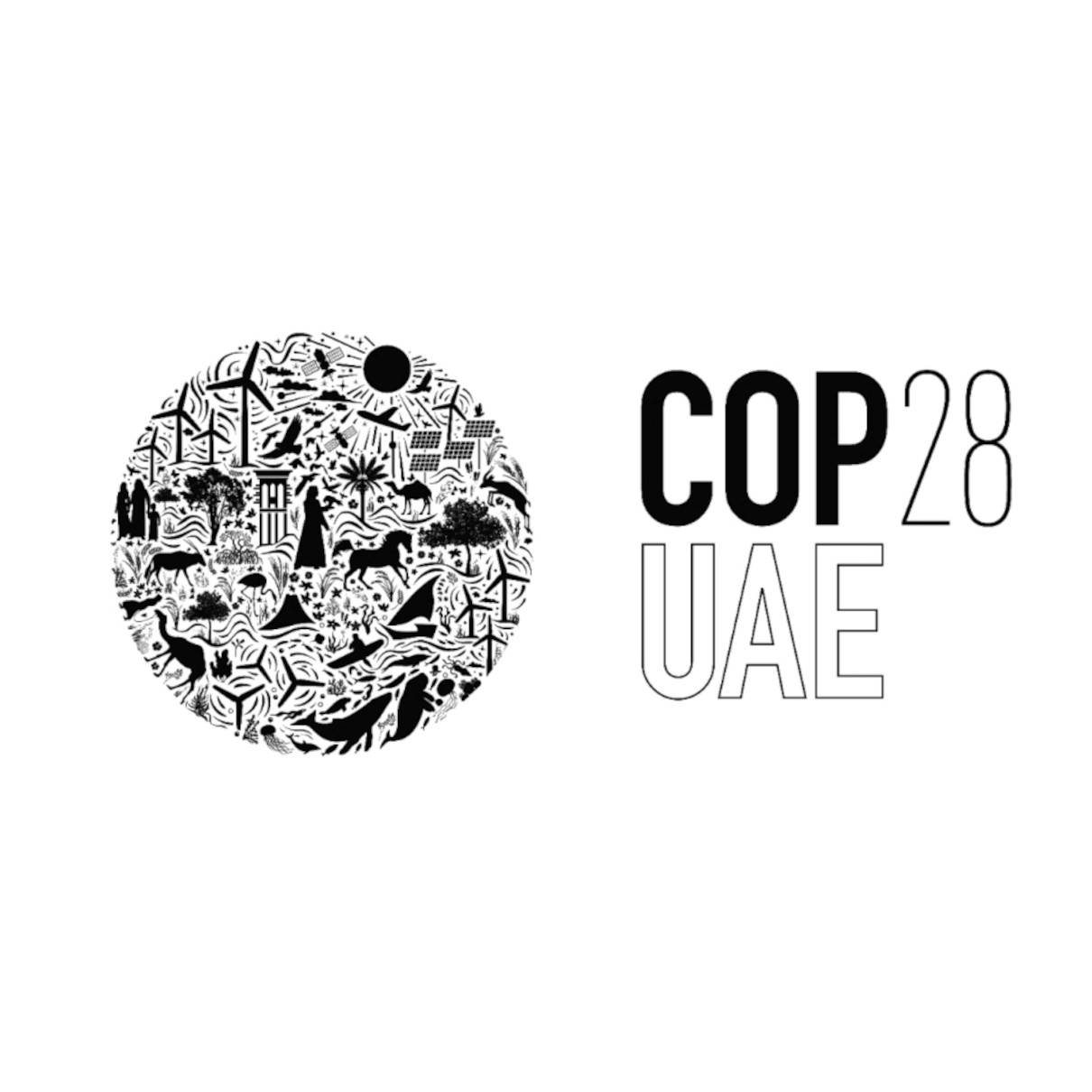COP28 has started in Dubai. The world needs results – and a decision on methane emissions reduction is now within reach. Out of everything the world is waiting for from COP28, an agreement on methane is one of the easiest to achieve and most affordable to implement. Significantly, new technologies to support methane reductions and verify the results are already widely available and proven, and now, methane emissions measurement efforts can be scaled up quickly.
Several observers say they expect COP28 to agree on curbing methane emissions. The cost/benefit analysis favours taking action to protect the climate from additional methane. The International Energy Agency (IEA), United Nations Environment Programme (UNEP), and the UNEP-convened Climate and Clean Air Coalition (CCAC) experts estimate that in their net-zero scenario, around USD 75 billion in spending is required by 2030 to deploy all methane abatement measures in the oil and gas sector. “This is equivalent to less than 2% of the income generated by the oil and gas industry in 2022”, IEA states in their report (1).
Methane is responsible for 30% of the increase in the Earth’s surface temperature. On a 100-year timescale, methane has 28 times the global warming potential of carbon dioxide (CO₂) and is 84 times more potent on a 20-year timescale (2).
A legal framework has been emerging quickly. The Global Methane Pledge involves 150 countries committed to voluntarily reducing their emissions by 30% by 2030 (3). The schedule is tight – we have only 73 months until 2030. In its Fit for 55 package, the European Union adopted the same target and EU methane regulations will soon be ready.
What matters is whether the requirements to reduce methane emissions are feasible in practice. As an expert who has worked in the industry for several years, I can assure you that we are now ready to act and rapidly scale up methane emissions monitoring efforts.
Monitoring methane emissions effectively depends on three things: developing the necessary technology, testing the suitable measurement methods, and maturing the data-analysis to obtain accurate results.
These are all things we have been doing for several years with methane and since 2014 with fugitive airborne emissions in general and our technology. Our methods and algorithms have been piloted and then put into regular practice with our clients. Thanks to Aeromon’s long history, we have already gained vast experience in the field and learned how to produce accurate and actionable data from complex industrial sites.
The development of different sensors is a good example of how technology has evolved. Sensor availability has expanded rapidly, and they have become much smaller. In the last couple of years, we have been able to arrange an increasing number of different sensors into combinations that are more and more sensitive to different gases. Measuring multiple gases simultaneously now allows us to measure a wide range of processes, and provide accurate data of for example flaring efficiency.
The various sensors and methods are useless unless we have adequately developed software for evaluating the data and the expertise to process and interpret the results. High-quality, real-time data allows, for example, taking rapid maintenance actions and understanding the impact of process changes. Post-processing plays a vital role in providing accurate quantified data from the concentration data collected in the field for environmental and environmental, social, and corporate governance (ESG) reporting.
A good example of how methods have evolved is developing our reconciliation skills in different pilots and client projects. Reconciliation means combining and comparing results obtained with different measurement methods. Reconciliation process is guided by OGMP 2.0 framework and the upcoming regulatory requirements. In practice, you learn how best in with experience and working together with industrial clients as well as partners providing different measurement services. You need to have experience with and an understanding of different measurement technologies, techniques and workflows in order to understand the potential factors affecting measurement results.
Aeromon is present at COP28 because the time to act is now. We need to reduce harmful methane emissions to the atmosphere. Mitigating methane emissions in the oil and gas sector stands out as one of the cheapest means to curb greenhouse gas emissions throughout the economy. The urgency, political pressure and legal framework are now in place. We have the skills, experience and expertise to serve the changing industry with ambitious emissions targets, and we are scaling up our services quickly. Let’s act together for the good of the planet – now.
At the COP28 Finland Pavilion, we will have a presentation (6th of December at 13:00) on service models and scalable solutions for methane emission monitoring.
